Belarus Tour Guide: Ideas for Your Trip!
What to see in Borisov: Legendary battlefields of 1812, beautiful temples and the stadium of Belarus’ most decorated football club
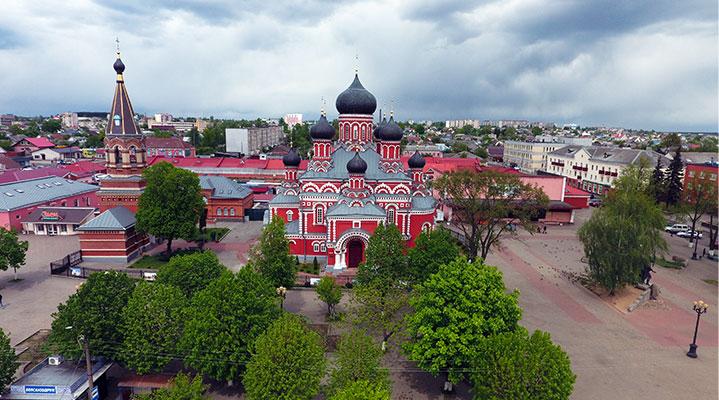
This town is known far beyond Belarus. Football fans know it for Borisov BATE, the country’s most successful club, while history and travel lovers know it for the epochal events of 1812. Nearby there is a site of the decisive battle between the French army of Napoleon and the Russian army. The legendary crossing over the Berezina River claimed thousands of lives and became synonymous with disaster in the French language… The old Borisov prison castle has not survived. Only scattered ruins have remained but the history holds mystical stories about its past and the secrets of prisoners. The town still has many sights which are part of the historical and cultural heritage of the country: some are unique for Belarus.
Borisov is believed to be founded in 1102. According to the historical chronicles Prince Boris Vseslavich of Polotsk made a raid against the Yotvingians and in honor of his victory ordered to lay out a town on the confluence of the rivers Berezina and Skha. Later this settlement burned down but a new town was quickly built 4km downstream of the Berezina, at its tributary Prilia.
Today Borisov is a major industrial and transport hub of Minsk Oblast. There are more than 40 enterprises, some of them are unique for Belarus and are of major importance for the CIS. There are a lot of places in Borisov connected with its unusual past. In 2021, Borisov will become Belarus’ Capital of Culture and will host large-scale events throughout the year.
Ruins of Borisov Castle
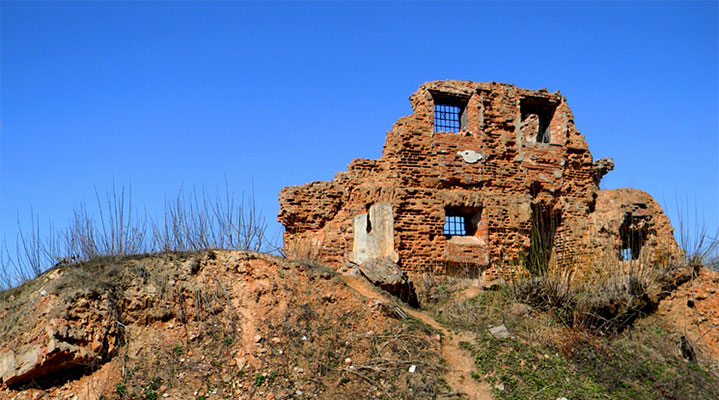 In the 12th century a wooden fortified castle was built on the river island. It stood until the 18th century and helped the townspeople more than once to resist enemies. In the middle of the 19th century, new stone buildings were erected on the site of the old quite dilapidated buildings, and the castle itself was re-purposed into a prison. It was even depicted on Borisov's postcards of those times like an attraction. After the First and Second World Wars, the castle buildings were badly damaged, abandoned and began to collapse. Today only small ruins with bars in windows, part of a brick fence and old ditches have survived. According to local mystical stories, at night you can hear the sound of shackles of prisoners.
In the 12th century a wooden fortified castle was built on the river island. It stood until the 18th century and helped the townspeople more than once to resist enemies. In the middle of the 19th century, new stone buildings were erected on the site of the old quite dilapidated buildings, and the castle itself was re-purposed into a prison. It was even depicted on Borisov's postcards of those times like an attraction. After the First and Second World Wars, the castle buildings were badly damaged, abandoned and began to collapse. Today only small ruins with bars in windows, part of a brick fence and old ditches have survived. According to local mystical stories, at night you can hear the sound of shackles of prisoners.
Borisov Batteries
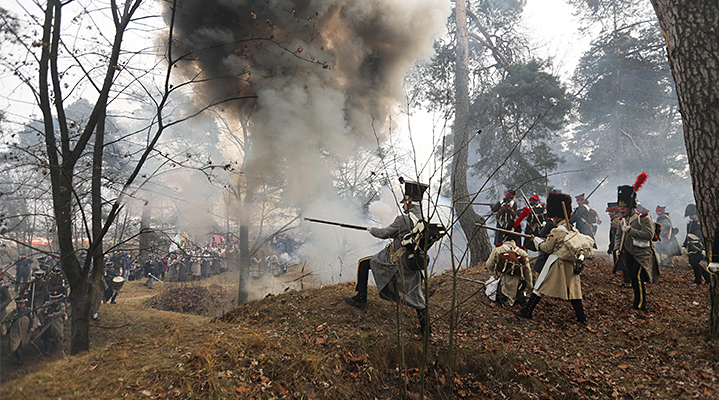 One of Borisov's most famous places is the earthen artillery fortifications, aka the batteries, built in front of the bridge over the Berezina to defend the town during the war of 1812. These fortifications are a monument to history and military engineering art. Today, there is an observation deck, an obelisk in memory of the soldiers and mortars. Nearby there are the remains of trenches and dugouts of the Soviet-Polish War of 1919-1920. In the 1930s several hundred participants of the Borisov Hunger Revolt were shot at this place. Today, the Batteries are part of the exhibition of the Borisov Museum.
One of Borisov's most famous places is the earthen artillery fortifications, aka the batteries, built in front of the bridge over the Berezina to defend the town during the war of 1812. These fortifications are a monument to history and military engineering art. Today, there is an observation deck, an obelisk in memory of the soldiers and mortars. Nearby there are the remains of trenches and dugouts of the Soviet-Polish War of 1919-1920. In the 1930s several hundred participants of the Borisov Hunger Revolt were shot at this place. Today, the Batteries are part of the exhibition of the Borisov Museum.
Where: Revolutsii Prospekt
Borisov United Museum
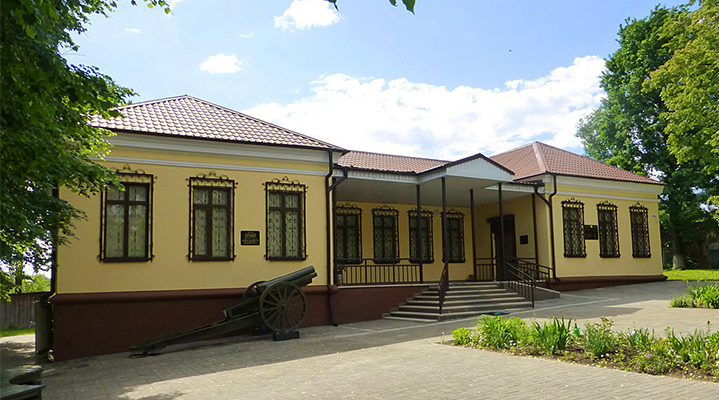 The Local History Museum of Borisov opened in late 1950, and holds more than 57,000 rarities – collections of photographs, documents, glass, ceramics, and numismatics. The museum has six halls dedicated to different periods of the town’s history and surrounding areas.
The Local History Museum of Borisov opened in late 1950, and holds more than 57,000 rarities – collections of photographs, documents, glass, ceramics, and numismatics. The museum has six halls dedicated to different periods of the town’s history and surrounding areas.
The biggest section is called “The history of the Patriotic War of 1812 in Borisov lands. Crossing of the Berezina”. The thematic collection includes restored uniforms and headwear, edged and bladed weapons and firearms, portraits of Russian and French generals. There is also a copy of a piece of the unique panorama “The crossing of the army of Napoleon across the Berezina River in 1812, after the retreat from Moscow” made by Polish artists Wojciech Kossak and Julian Falat. Its history is breathtaking. The artists began working on it in 1895, and after 16 months they presented a panorama of 120x15m. The premiere took place in a rented space on Herwarthstraße in Berlin, then it was presented in Warsaw, Krakow, Moscow, Kiev. However, in 1907 the relations between the artists soured so much that they cut the grandiose work into pieces – the whereabouts of many pieces are still unknown. The canvas has survived only in a set of black and white postcards. They give a glimpse of how the original painting looked like. In 1978, documentary filmmaker Georg Marischka from Munich handed over a photo reproduction of the panorama to the museum.
A significant part of the museum is dedicated to Ivan Kolodeyev, a Borisov landowner, a prominent public figure, collector, bibliophile and philanthropist. He put together a unique collection of rarities – more than 11,000 books, manuscripts and magazines on the history of 1812, as well as portraits of officers and generals, 7,000 items. The collection also contained two sets of postcards depicting the panorama of Kossak and Falat...
Where: 67 Revolutsii Prospekt
Working hours: Tuesday-Friday - 9.00 - 18.00; Saturday-Sunday - 9.00 - 17.00, Closed on Monday
The branch of the Borisov United Museum - the Museum of People's Glory - operates in the agricultural town of Zembin. Its exposition tells about the struggle of local people against the Nazi invaders during the Great Patriotic War. There is also an art gallery dedicated to the famous artist of the 20th century Nadia Khodasevich Leger whose mother was born in Zembin and father in another village of what is now Borisov District.
Brili Field
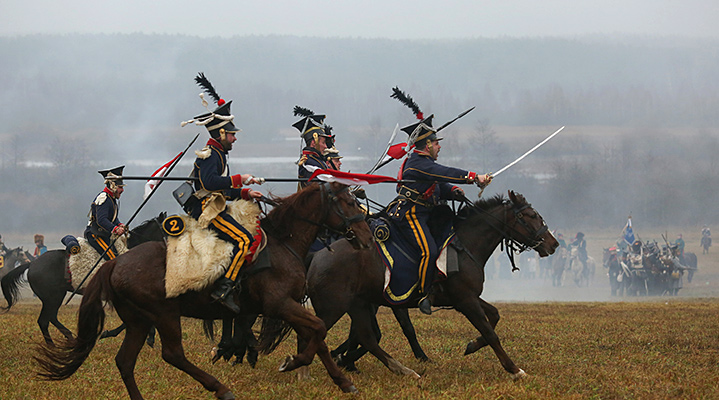 Visitors to Borisov, who are interested in the events of 1812, are highly recommended to visit the Brili Field located within 20km from the Battery. This war memorial was erected near the villages of Brili and Studenka. It was a site of the famous four-day fierce battle between the Russian and Napoleonic armies that went down in history under the name of the Battle of the Berezina. The fate of Napoleon and his army, as well as the fate of Europe was decided on the banks of the Berezina River.
Visitors to Borisov, who are interested in the events of 1812, are highly recommended to visit the Brili Field located within 20km from the Battery. This war memorial was erected near the villages of Brili and Studenka. It was a site of the famous four-day fierce battle between the Russian and Napoleonic armies that went down in history under the name of the Battle of the Berezina. The fate of Napoleon and his army, as well as the fate of Europe was decided on the banks of the Berezina River.
About 50,000 people, including the French, Russians, Belarusians, Poles and Germans, lost their lives on the banks of the Berezina River in 1812. By the centenary of the battle, in 1912, a memorial sign was installed on the Brili Field to commemorate the Russian soldiers who died here. Today the Brili Field complex encompasses monuments and memorial burial sites, a symbolic grove and mounds. A monument commemorating the French soldiers was erected near the village of Studenka.
Every November, on the anniversary of the Crossing of the Berezina, a large-scale historical re-enactment takes place involving re-enactment clubs from Belarus, Russia, Poland, France and Switzerland... For two days, ‘battles’ are taking place on the Brili Field and the ruins of the artillery battery on the right bank of the river. Participants of the re-enactment event also swim across the river the same way as the Napoleonic army did in 1812…
Located not far from the crossing site and the town, the village of Staroborisov boasts a fragment of a side wing of the estate where Napoleon stayed in 1812. For more than two centuries the wing has been called the House of Napoleon.
Ivan Kolodeyev Estate Museum
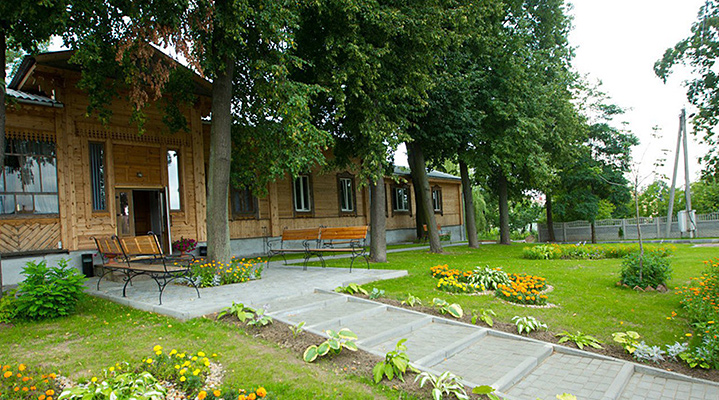 Ivan Kholodeyev, a landowner from Borisov, went down in history as an influential public figure, a chamberlain, an entrepreneur, a philanthropist, and a connoisseur of history. He kept the largest Napoleonic collection in Europe. According to his contemporaries, he was a very energetic and active person, who managed not only to multiply his father's legacy but also to become a millionaire. In 1871, the railway that connected Moscow with Minsk, and later with Brest and Warsaw, went through Kolodeyev's land. Since the new highway was built near the navigable river, the estate became a real Klondike.
Ivan Kholodeyev, a landowner from Borisov, went down in history as an influential public figure, a chamberlain, an entrepreneur, a philanthropist, and a connoisseur of history. He kept the largest Napoleonic collection in Europe. According to his contemporaries, he was a very energetic and active person, who managed not only to multiply his father's legacy but also to become a millionaire. In 1871, the railway that connected Moscow with Minsk, and later with Brest and Warsaw, went through Kolodeyev's land. Since the new highway was built near the navigable river, the estate became a real Klondike.
Collecting things was Ivan Kholodeyev's favorite hobby. Sparing no expense, he was buying rare books, maps, drawings, portraits of commanders, drawings and engravings of military episodes. By 1912, it was the largest and most valuable collection of Europe on the War of 1812. After Ivan Kolodeyev's death, his wife donated the main part of the unique collection to the Moscow museum. The Borisov house-estate, with the restored interior of the late 19th century, still features interesting exhibits such as books, photocopies of paintings, engravings, archive photos, and many more. The halls house collections about the war of 1812, a gallery of artists, an exposition about the Jews of Borisov District, a souvenir shop of local craftsmen. The estate museum also organizes historical quests, presentations and social events.
Where: 38, 30 Years of VLKSM Street
Nativity of the Blessed Virgin Mary Church
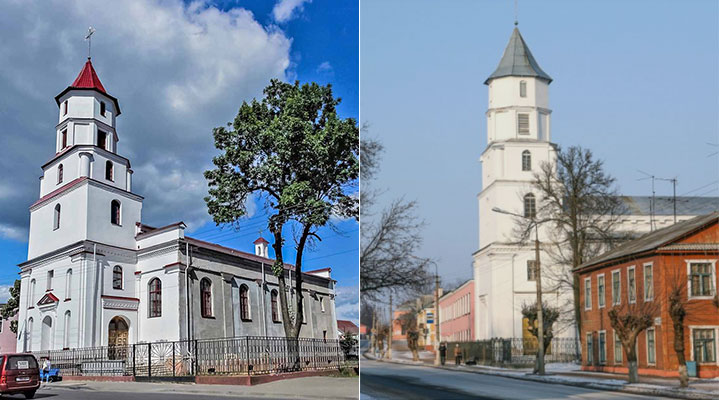 One of the oldest buildings in the town is the Church of the Nativity of the Blessed Virgin Mary, the construction of which was completed in 1823. In 1642 the Borisov headman laid the foundation for the town’s first Catholic church at the site. The building was wooden and burned down in 1806. A few months later, the construction of a new stone temple in the late classicism style began. The church became the center of spiritual life, education and charity. The church patronized an elementary school for 80 students and a hospital for 27 beds. For many years the church held a requiem liturgy for King Wladyslaw IV IV and founder of the church Adam Kazanowicz every Friday.
One of the oldest buildings in the town is the Church of the Nativity of the Blessed Virgin Mary, the construction of which was completed in 1823. In 1642 the Borisov headman laid the foundation for the town’s first Catholic church at the site. The building was wooden and burned down in 1806. A few months later, the construction of a new stone temple in the late classicism style began. The church became the center of spiritual life, education and charity. The church patronized an elementary school for 80 students and a hospital for 27 beds. For many years the church held a requiem liturgy for King Wladyslaw IV IV and founder of the church Adam Kazanowicz every Friday.
Where: 28, 3rd International Street
Holy Resurrection Church of Borisov
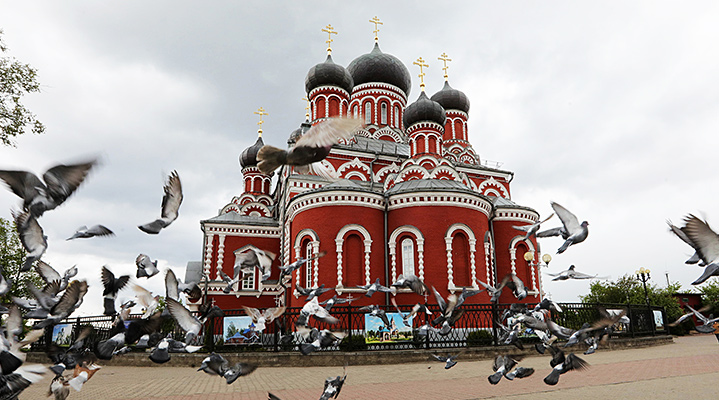 Holy Resurrection Church, an impressive landmark of Borisov, stands in the old part of the town on the market square. The construction of the stone church in the retrospective Russian (pseudo-Russian) style, to a design of architect from St. Petersburg Pyotr Merkulov, began in 1871 and lasted for three years. The church was erected on a symbolic site where the first Borisov church stood since the 12th century. It was burnt down during the War of 1812. A new wooden church was built in 1830. Four decades later the decision was made to build a stone church. The inauguration ceremony and the first service were held in October 1874 and was attended by senior officials of the province and the clergy.
Holy Resurrection Church, an impressive landmark of Borisov, stands in the old part of the town on the market square. The construction of the stone church in the retrospective Russian (pseudo-Russian) style, to a design of architect from St. Petersburg Pyotr Merkulov, began in 1871 and lasted for three years. The church was erected on a symbolic site where the first Borisov church stood since the 12th century. It was burnt down during the War of 1812. A new wooden church was built in 1830. Four decades later the decision was made to build a stone church. The inauguration ceremony and the first service were held in October 1874 and was attended by senior officials of the province and the clergy.
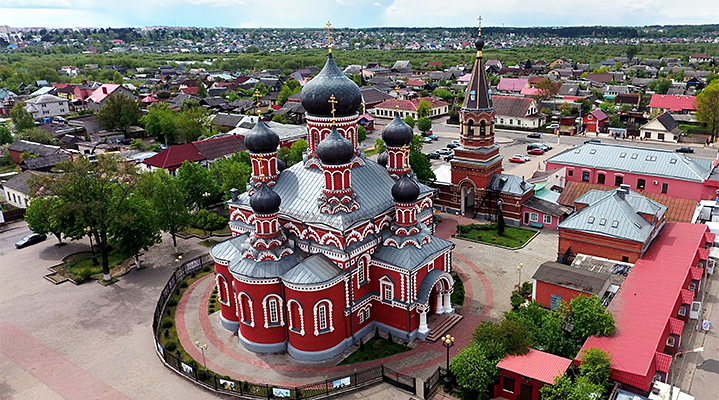 A bell tower was built next to the church in the early 20th century. In 1937, services were stopped and crosses were demolished in the church. The premises were used to store grain. After the Great Patriotic War, the church resumed services, but the Soviet authorities imposed significant restrictions: it was forbidden to ring the bells until the Perestroika times.
A bell tower was built next to the church in the early 20th century. In 1937, services were stopped and crosses were demolished in the church. The premises were used to store grain. After the Great Patriotic War, the church resumed services, but the Soviet authorities imposed significant restrictions: it was forbidden to ring the bells until the Perestroika times.
The Holy Resurrection Church in Borisov is considered one of the most beautiful churches in Belarus. The cruciform church has three apses and nine domes. Its bright terracotta facade is richly decorated with snow-white elements: kokoshniks, semicircular and triangular pediments, cornices, pilasters, and sunken panels. The main arched entrance is highlighted with a massive portal on four pillars. The interior design is also impressive. The main altar to the Resurrection of Jesus is located in the apse, the altar to Saint Vladimir is to the left, and the altar to Saint Alexander Nevsky is to the right.
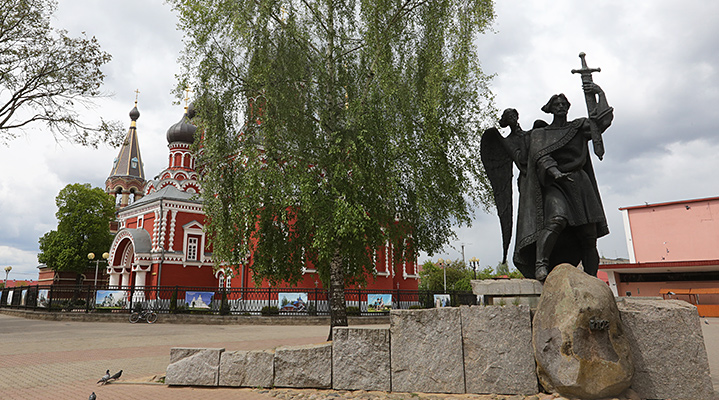 The square by the church is also home to a monument to the founder of the town Prince Boris.
The square by the church is also home to a monument to the founder of the town Prince Boris.
Where: 34 Lopatina Street
Merchants’ row stalls in the market square and old buildings of Borisov
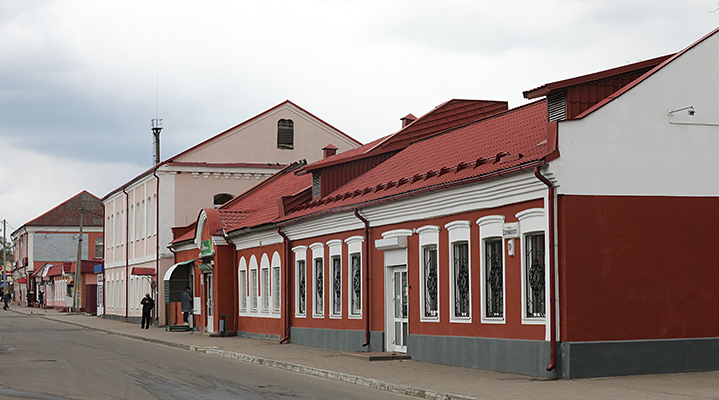 Close to the Holy Resurrection Church, in the historic center where fairs took place, one can find the 19th-century merchants’ row stalls. Today it is also home to shops and market stalls.
Close to the Holy Resurrection Church, in the historic center where fairs took place, one can find the 19th-century merchants’ row stalls. Today it is also home to shops and market stalls.
There are also other historic buildings in Borisov. In the late 19th century, benefactor Ivan Kolodeyev funded the construction of several houses in the main street of the town. On the left side of the street, there are also buildings of Stalin’s era. Present-day Revolutsii Prospekt leads to the central square that was home to a hippodrome before the Great Patriotic War. Now it features a library, a shopping mall, the building of the local executive committee, and a monument to Lenin.
Railway station in Borisov
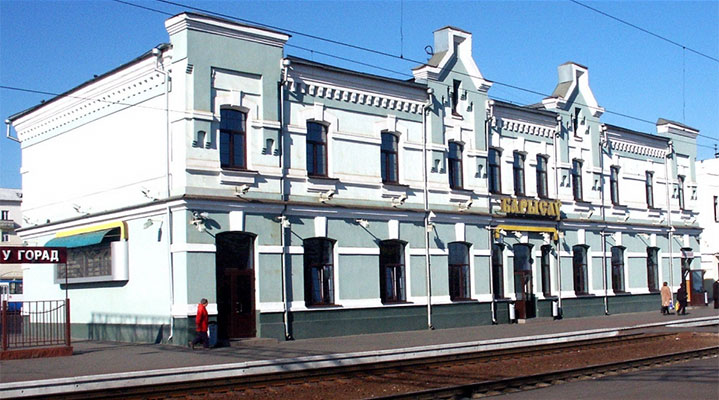 The Borisov railway station was founded in November 1871. At first, it was a small station on the double-track railway line. As time went by, the station acquired more significance. In 1914, a new building was erected here, which became the only two-storey railway station on the 200km railway line between Minsk and Orsha. The first floor featured service rooms and a baggage storage with an exit to the platform. Employees of the station and a commercial tax inspector lived on the second floor. A wooden pavilion attached to the building later was home to a restaurant.
The Borisov railway station was founded in November 1871. At first, it was a small station on the double-track railway line. As time went by, the station acquired more significance. In 1914, a new building was erected here, which became the only two-storey railway station on the 200km railway line between Minsk and Orsha. The first floor featured service rooms and a baggage storage with an exit to the platform. Employees of the station and a commercial tax inspector lived on the second floor. A wooden pavilion attached to the building later was home to a restaurant.
During the Civil War, the station was badly damaged, but later it was restored. The structure suffered again during the Great Patriotic War, but the railway station continued operating, and the building has survived till the present time.
The square by the railway station features ‘the Borisov gate’ – the corner towers of the buildings resemble the Minsk Gate. It is also home to the stele celebrating Borisov as a town honored with orders.
Shukhov water tower
The hyperboloid tower in Borisov designed by Vladimir Shukhov is a rare landmark. There are only two similar structures in Belarus, eleven in the post-Soviet space, and another handful in other parts of the world. The 27-meter-high tower in Borisov was built in 1927. It had an important function: to provide water for steam locomotives passing through the railway station, which required as much water as fuel. Water towers were located along the entire route of such trains. Brick towers were more expensive and more difficult to build. That was why engineer and inventor Vladimir Shukhov suggested a cheaper, but no less reliable option – metallic hyperboloid structures. They became very popular: around 200 hyperboloid towers were built in the Soviet Union. The most famous of them is the Shabolovka Tower in Moscow.
However, during the Great Patriotic War, many such towers were destroyed because of their strategic importance. The water tower in Borisov has survived but it badly needs restoring. Plans are in place to start restoring it in the near future.
Where: at the intersection of Gastello Street and Engelsa Street
Pokrovsky Old-Rite Orthodox Church
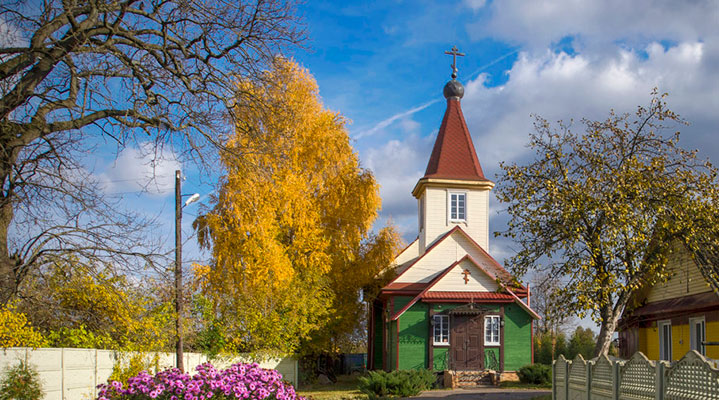 Borisov is home to an Old-Rite Orthodox Church, one of the few in Minsk Oblast. For years the town’s Old Believers would gather in their own homes but in 1989 the community was granted access to a wooden building – a specimen of architecture dating back to the 18th century. It was the site of an Orthodox monastery once and the temple was consecrated in honor of Saint Andrew. The church was used as a warehouse in the USSR period. The temple was restored only in the late 20th century.
Borisov is home to an Old-Rite Orthodox Church, one of the few in Minsk Oblast. For years the town’s Old Believers would gather in their own homes but in 1989 the community was granted access to a wooden building – a specimen of architecture dating back to the 18th century. It was the site of an Orthodox monastery once and the temple was consecrated in honor of Saint Andrew. The church was used as a warehouse in the USSR period. The temple was restored only in the late 20th century.
Where: 3 Gazetny Lane
Borisov Large Synagogue
The first Jews settled in Borisov in the 16th century. The Jewish community used to be one of Belarus’ richest and most influential ones. Borisov Jews actively traded in cereals and timber with the Baltic lands and areas close to northern shores of the Black Sea. Apart from that, they did farming and tailoring. The town was home to over 10,000 Jews by the beginning of the 20th century. The Chevra Thilim Synagogue was established in Borisov in 1911, its building still stands virtually the way it was built at 41 Lopatina Street. The Large Synagogue was built in 1912. In comparison with other urban buildings the new synagogue was larger and had architectural peculiarities: the facade was decorated with attached columns, arched windows, and a star of David made of stained glass. However, the synagogue lost some decorations during the USSR period and was used for children’s needs. It is closed now while the local authorities are looking for an investor to restore the building to its former glory.
Where: 49 Tretyego Internatsionala Street
In June 1941 the Nazi created a Jewish ghetto in Borisov – several neighborhoods within the confines of Svobody Street, Pobedy Street, Sovetskaya Street, Krasnoarmeiskaya Street, and Slobodka Street. Over 7,000 residents of the ghetto were murdered in October 1941. A total of about 9,000 Jews were killed in the town during the war…
Borisov Arena
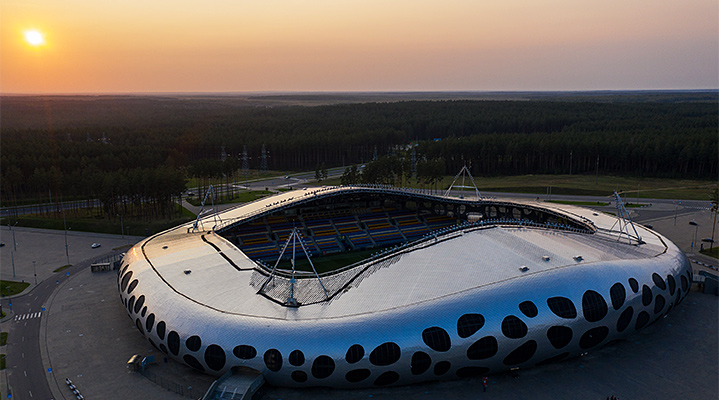 The football stadium Borisov Arena is the town’s key sport attraction. It is the home stadium of the famous football club FC BATE Borisov. Achievements secured by the football club over the course of many years helped the town build the large stadium, which has no equal in Belarus for now. Construction began in a forest not far from the Borisov-Minsk motorway and a railway station 60km away from Minsk National Airport in November 2010. The stadium’s design was inspired by the stadium Ljudski Vrt in Maribor, Slovenia but Borisov Arena turned out to be original and spectacular in its own way. The silvery facility with rain drop-like windows looks impressive not only in the evening when it is lit by night lights. It looks mysterious in daytime among evergreen tall pine trees as well.
The football stadium Borisov Arena is the town’s key sport attraction. It is the home stadium of the famous football club FC BATE Borisov. Achievements secured by the football club over the course of many years helped the town build the large stadium, which has no equal in Belarus for now. Construction began in a forest not far from the Borisov-Minsk motorway and a railway station 60km away from Minsk National Airport in November 2010. The stadium’s design was inspired by the stadium Ljudski Vrt in Maribor, Slovenia but Borisov Arena turned out to be original and spectacular in its own way. The silvery facility with rain drop-like windows looks impressive not only in the evening when it is lit by night lights. It looks mysterious in daytime among evergreen tall pine trees as well.
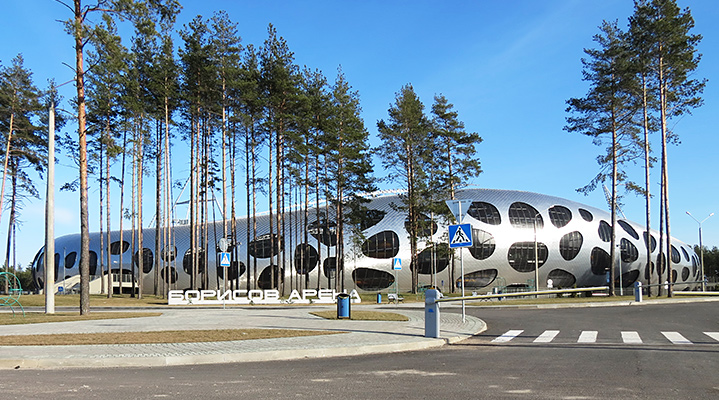 Borisov Arena was officially opened on 3 May 2014 with a final game of the Belarus Football Cup. The football stadium can seat over 13,000 people and meets UEFA’s category four stadium requirements. It can host not only qualification games of European cups but other important games as well. It has already hosted games involving top European football clubs.
Borisov Arena was officially opened on 3 May 2014 with a final game of the Belarus Football Cup. The football stadium can seat over 13,000 people and meets UEFA’s category four stadium requirements. It can host not only qualification games of European cups but other important games as well. It has already hosted games involving top European football clubs.
Sightseeing tours to Borisov Arena are available. Visitors can be taken to the football team’s locker rooms, the coach bench, the VIP lounge, and can learn a lot of interesting facts about the stadium.
Where: 119 Gagarina Street


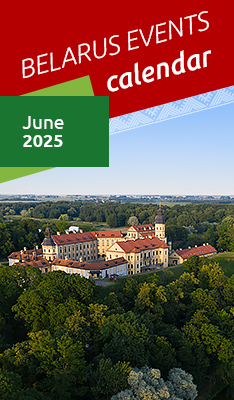




 send friend
send friend print version
print version make home page
make home page add to bookmarks
add to bookmarks
